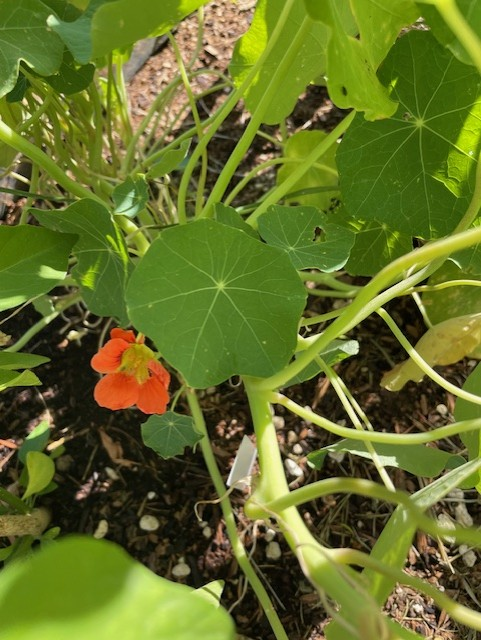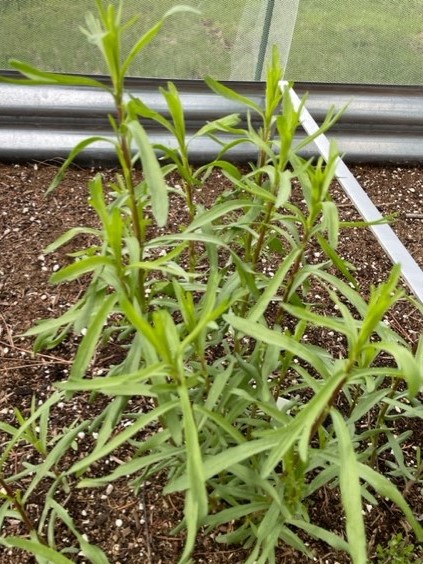Three Garden Favorites to Try Next Season
As summer draws to a close, I am already thinking ahead to next year’s garden. This means assessing what grew well this year, what didn’t, what beds need amending, what and where we will plant next year. This process started me thinking about what plants we have enjoyed having in the garden. We like having the traditional garden favorites such as lettuce, tomatoes, carrots, and such, but we also love planting things that are new to us. Here are three not-so-traditional favorites we have enjoyed having in the garden that you might like to try as well:
Note: This
newsletter contains affiliate links. As affiliates, at no extra cost to you, we
may earn from qualifying purchases. Earnings help to fund our website and blog.
We know you have many options when shopping and that each dollar you spend is
valuable. Thank you for choosing to purchase through our links.
1) Ground Cherry –
Ground cherries look like a tomatillo and are part of the nightshade family. They grow in a husk and are not ready to eat until the husk dries and is ready to fall off the plant (they can be toxic if eaten before they are ripe). We have planted ground cherries three years in a row. The first year they didn’t produce well. I planted directly in ground rather than starting them early inside and we had them in a bed with too much shade. Nevertheless, we got enough ground cherries to taste them. We planted the Cossak Pineapple variety. They were very flavorful – a bit like a shortbread cookie with a pineapple finish. Last year we started them inside and they produced quite a bit more. This year we planted the Cossack Pineapple and Cape Gooseberry varieties. We have several fruits on one bush in particular and the other bushes have grown quite tall. I anticipate that they will produce soon, too.
I checked for heirloom, non-GMO ground cherry seeds with good ratings. Here are some options I found should you want to try these, too:
Ground Cherry Seeds (Cape Gooseberry)
Ground Cherry Seeds (Cossak Pineapple)
Ground Cherry Seeds (Strawberry)
2) Nasturtium –
Nasturtium is a beautiful, edible vining flower that tastes a bit spicy like
a mild radish or turnip. Both the leaves and the flowers are edible and are a good
addition to a summer salad. I love that this provides rich color, beauty, and
food all in one.
Here is a link to a jewel blend (mixture of colors):
3) Tarragon –
Tarragon is not an herb I was familiar with prior to purchasing a tarragon plant. (I, too, wonder why I bought a plant I knew so little about.) I have come to love this plant. Tarragon is a perennial and grows quite well in our garden spot. It is one of the first plants to send up shoots in the spring. We get about three cuttings each year, which means we are able to grow enough from one plant to supply us with dried tarragon for the entire year and still have plenty to give away. It seems to spread from the root, so the plant has spread out a bit. This year I pulled the new starts back to where I found some roots on the stem and transplanted them. I gave a few plants to my sister-in-law and still have three new plants growing well in a pot. Anytime you can make a one-time purchase, get an abundant harvest, and grow new plants from it, it is well worth it.
Many websites say tarragon can be used as a basil substitute. It has a very mild licorice flavor and adds a bit of sweetness to your dish. We like it in beef stew, on chicken, and in savory egg dishes. Just a note: it is said that French tarragon has a stronger flavor than Russian tarragon. I suspect we may have the Russian tarragon because the flavor is not overpowering.
We purchased a tarragon plant from a local nursery; however, here are some links if you would like to try growing tarragon from seed:




Comments
Post a Comment